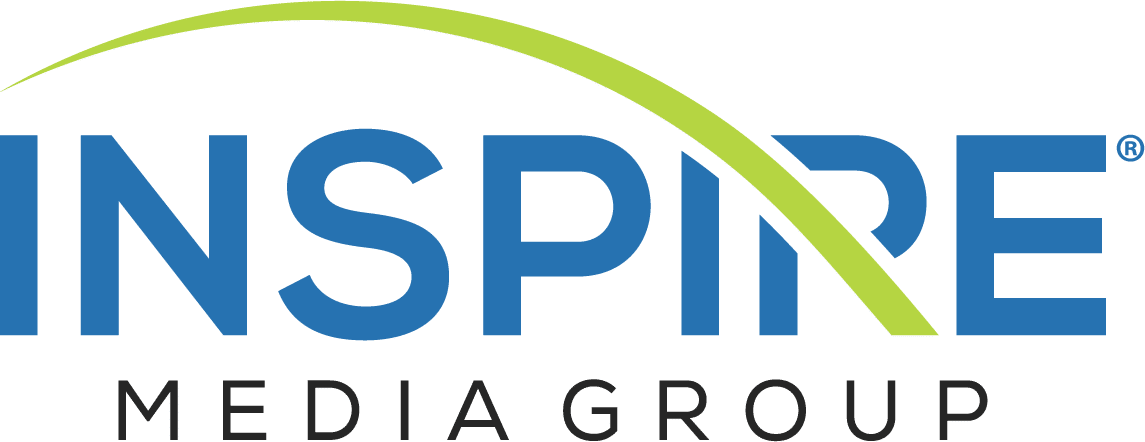Whether you are a publisher, book distributor, or a self-published author, setting the right price for your book can be a challenging task. It requires balancing multiple factors to attract buyers while ensuring that you achieve a reasonable profit. Here are key considerations to help you determine the proper price point for your book sales.
1. Know Your Audience
Understanding your target audience is crucial. Different genres and reader demographics are willing to pay different amounts. For instance, avid readers of niche genres might be willing to pay more for specialized content, while a general audience might prefer lower prices.
2. Research the Market
Look at similar books in your genre. What are their price points? Platforms like Amazon allow you to see the range of prices for top-selling books in your category. This research can provide a benchmark for pricing your books competitively.
3. Consider the Format
The format of your book plays a significant role in pricing. Generally, eBooks are priced lower than print books due to lower production and distribution costs. The page count, trade size, and production quality all affect the pricing considerations. Here are some typical price ranges:
-
eBooks: $2.99 to $9.99
-
Paperbacks: $9.99 to $19.99
-
Hardcovers: $19.99 to $29.99
4. Factor in Production Costs
Ensure that your price covers production costs. This includes printing, binding, cover design, and marketing expenses. Calculate your break-even point and set a price that ensures profitability after covering these costs.
5. Test Different Price Points
Do not be afraid to experiment with pricing. Some authors and publishers use introductory pricing strategies, offering their books at a lower price for a limited time to attract early buyers and generate reviews. Afterward, you can adjust the price based on the book’s performance and feedback.
6. Value Perception
The perceived value of your book can influence how much readers are willing to pay. High-quality cover design, professional editing, and positive reviews can justify a higher price. If your book offers unique insights or high entertainment value, readers may perceive it as worth more.
7. Promotional Pricing
Consider pricing strategies for promotions. Limited-time discounts, bundling with other books, or offering free chapters can boost sales and visibility. However, ensure that these promotions align with your overall pricing strategy and do not undervalue your book.
8. Distribution Channels
Different distribution channels might influence your pricing. For instance, books sold directly through your website might have higher margins compared to those sold through third-party retailers who take a commission. Adjust your prices to reflect these variations.
9. Author Royalties
Understand the royalty structures of different platforms. For example, Amazon Kindle Direct Publishing (KDP) offers 70% royalties for eBooks priced between $2.99 and $9.99. Pricing your eBook within this range can maximize your earnings per sale.
10. Monitor and Adjust
After setting your initial price, monitor sales and gather feedback. If sales are slow, consider a price adjustment. Conversely, if your book is selling well, you might have room to increase the price slightly. Stay flexible and responsive to market conditions.
Determining the proper price point for your book is a dynamic process that involves understanding your audience, analyzing market trends, considering production costs, and being willing to adjust as needed. By carefully balancing these factors, you can set a price that attracts readers and ensures your hard work pays off.
Ready to market your books? CLICK HERE to find out how Inspire Media Group can help.
© 2024 Inspire Media Group

